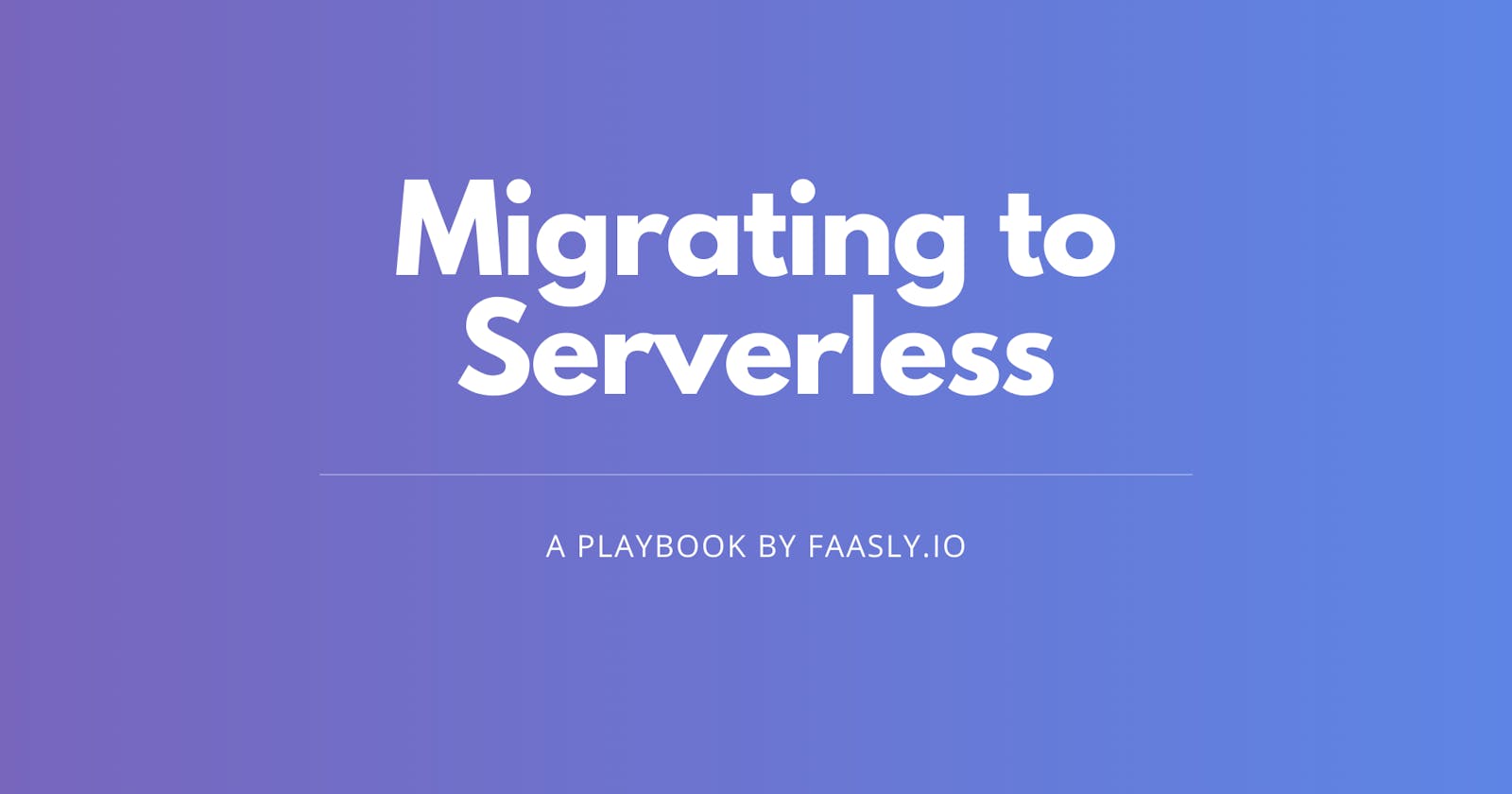Serverless technology is gaining in popularity as an easy and cost-effective way to build applications. However, it can be difficult to migrate existing code bases over to a serverless environment without having any dependencies on the legacy infrastructure.
The key to success in migrating to a serverless platform is an iterative approach. Because serverless functions are cloud-based, you can easily call them from within the very application that you are migrating to a serverless platform. From this perspective, the task is to break each microservice down into a set of high and low-level functions. The granularity of these functions will heavily depend on how quickly you want to move and will be complicated if there are complex communication and coupling with other services that need to be accounted for.
After migrating your application into a functional serverless architecture, you'll next want to start optimizing communications. What we want to do is make sure that any communication between various functions has the lowest possible latency. Our service map module could help you in understanding the latency between various services so you can identify the performance bottleneck immediately and optimize that particular function.
There is a common misconception that serverless is good enough only for small-scale applications. That is not true. We have forked Tensorflow from Github and running it on AWS Lambda to monitor the performance and cost. The results are astounding! Expect to publish in public soon.
Deployment is just one part of the serverless journey. Other aspects include performance, security, debugging, and monitoring comes up. To enable a fully-serverless state of mind, you need to address every one of them. Gladly, Faasly has got you covered in all the above aspects. Check out our product documentation to learn more.

